Recently, doctors from the General Surgery Department, Cam Khe District Medical Center - Phu Tho announced that they had successfully performed laparoscopic cholecystectomy for a 54-year-old female patient, residing in Minh Tan Commune (Cam Khe, Phu Tho).
The removed gallbladder contained hundreds of large and small golden stones. It is known that this is the surgery with the largest number of gallbladder stones performed at Cam Khe District Medical Center.

Hundreds of large and small colored stones were removed from the patient's gallbladder. Photo: BVCC
According to Dr. Ha Quoc Toan - General Surgery Department: The patient has a history of gallstones for many years, has been treated for cholecystitis many times and is indicated for gallbladder removal. However, the patient has not yet arranged a time for surgery.
Five days before admission, the patient had fever and pain in the right hypochondrium, so he was hospitalized for treatment.
After the doctors explained that gallbladder surgery was needed to remove the cause of the inflammation, the patient agreed to undergo surgery. On the morning of October 18, the surgery was performed successfully. After 7 days of treatment, the patient progressed well and was discharged from the hospital.
What are gallstones?
Gallstones are solid crystals that form from the deposition and accumulation of digestive fluids in the gallbladder. Gallstones can vary in size and are primarily made up of cholesterol, bilirubin (a waste product), and other components of bile.
There are two main types of gallstones:
Cholesterol stones: These are the most common type, made mainly of hardened cholesterol. They can form when there is too much cholesterol or other substances in the bile, or when the gallbladder does not empty efficiently.
Bilirubin stones: These stones are smaller and darker in color and form when there is excess bilirubin in the bile.
Gallstones may not cause symptoms, however if a stone blocks the bile duct, it can lead to severe pain in the upper right part of the abdomen, nausea, vomiting, and sometimes more serious complications such as cholecystitis (inflammation of the gallbladder) or pancreatitis.
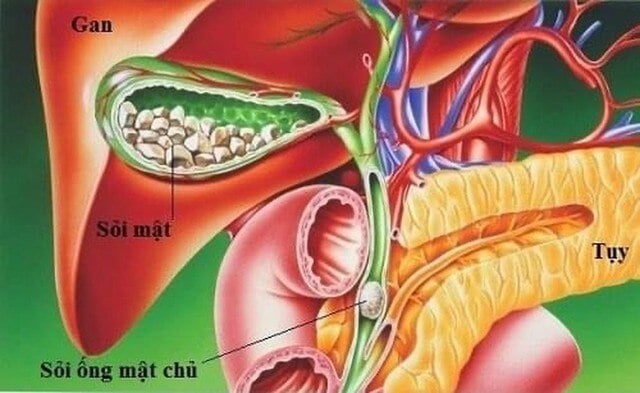
Illustration
Is gallstones dangerous?
Gallstones, if not treated promptly, can lead to many worrying complications such as;
– Cholecystitis: Gallstones stuck in the neck of the gallbladder can cause cholecystitis, which appears with severe pain and fever.
– Bile duct obstruction : Gallstones can block the path of bile from the gallbladder to the small intestine, causing jaundice, abdominal pain, and even leading to bile duct infection.
– Pancreatic duct obstruction : The pancreatic duct, which transports pancreatic juice to aid digestion, can become blocked by gallstones, leading to pancreatitis, causing severe abdominal pain. In this case, the patient must be hospitalized regularly for monitoring and treatment.
– Gallbladder cancer: People with a history of gallstones will face a higher risk of gallbladder cancer.

Illustration
How to prevent gallstones
According to medical experts, a healthy diet and regular exercise will help prevent gallstones effectively. Specifically as follows:
– Eat foods rich in fiber, such as: Fruits, green vegetables, beans, whole grains (brown rice, oats...).
– Limit foods high in sugar and refined carbohydrates.
– Eat foods rich in healthy fats, such as fish oil and olive oil, to help the gallbladder contract steadily.
– Avoid eating foods containing unhealthy fats, such as fried foods, desserts…



![[Photo] Close-up of Tang Long Bridge, Thu Duc City after repairing rutting](https://vphoto.vietnam.vn/thumb/1200x675/vietnam/resource/IMAGE/2025/5/19/086736d9d11f43198f5bd8d78df9bd41)
![[Photo] General Secretary To Lam attends the conference to review 10 years of implementing Directive No. 05 of the Politburo and evaluate the results of implementing Regulation No. 09 of the Central Public Security Party Committee.](https://vphoto.vietnam.vn/thumb/1200x675/vietnam/resource/IMAGE/2025/5/19/2f44458c655a4403acd7929dbbfa5039)

![[Photo] Panorama of the Opening Ceremony of the 43rd Nhan Dan Newspaper National Table Tennis Championship](https://vphoto.vietnam.vn/thumb/1200x675/vietnam/resource/IMAGE/2025/5/19/5e22950340b941309280448198bcf1d9)
![[Photo] President Luong Cuong presents the 40-year Party membership badge to Chief of the Office of the President Le Khanh Hai](https://vphoto.vietnam.vn/thumb/1200x675/vietnam/resource/IMAGE/2025/5/19/a22bc55dd7bf4a2ab7e3958d32282c15)
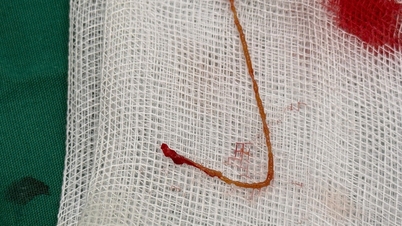

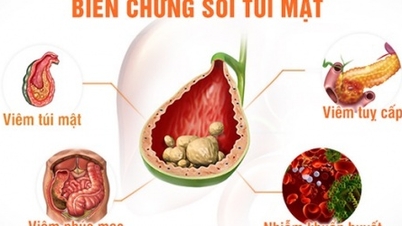

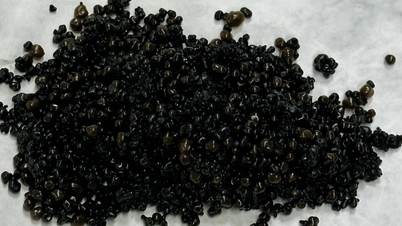

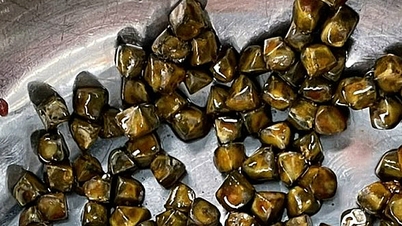

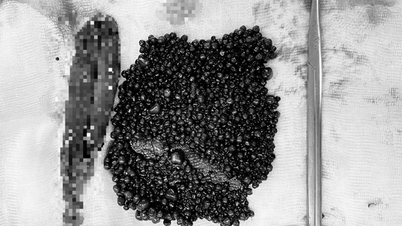






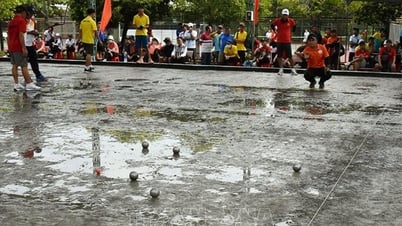





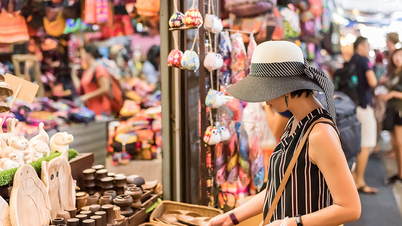



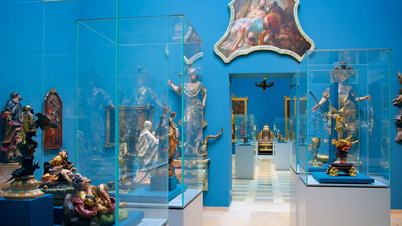
![[Photo] Prime Minister Pham Minh Chinh inspects the progress of the National Exhibition and Fair Center project](https://vphoto.vietnam.vn/thumb/1200x675/vietnam/resource/IMAGE/2025/5/19/35189ac8807140d897ad2b7d2583fbae)













































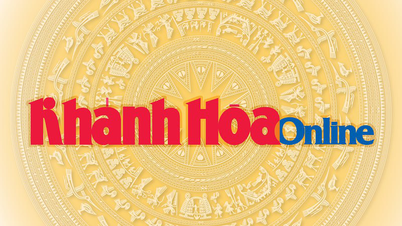
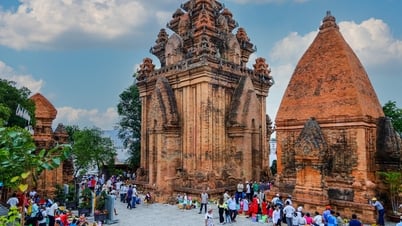




![[VIDEO] - Enhancing the value of Quang Nam OCOP products through trade connections](https://vphoto.vietnam.vn/thumb/402x226/vietnam/resource/IMAGE/2025/5/17/5be5b5fff1f14914986fad159097a677)





Comment (0)